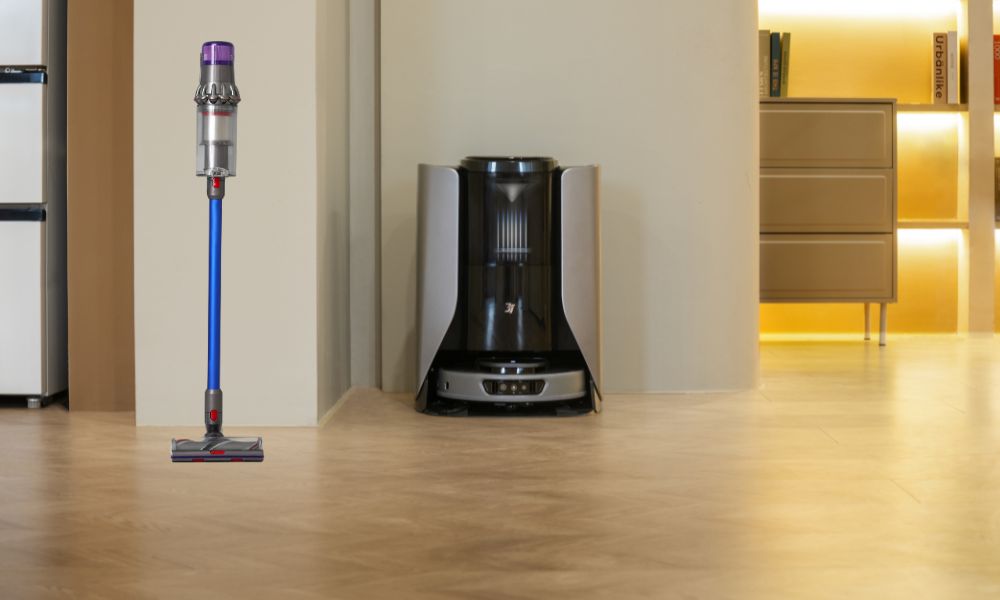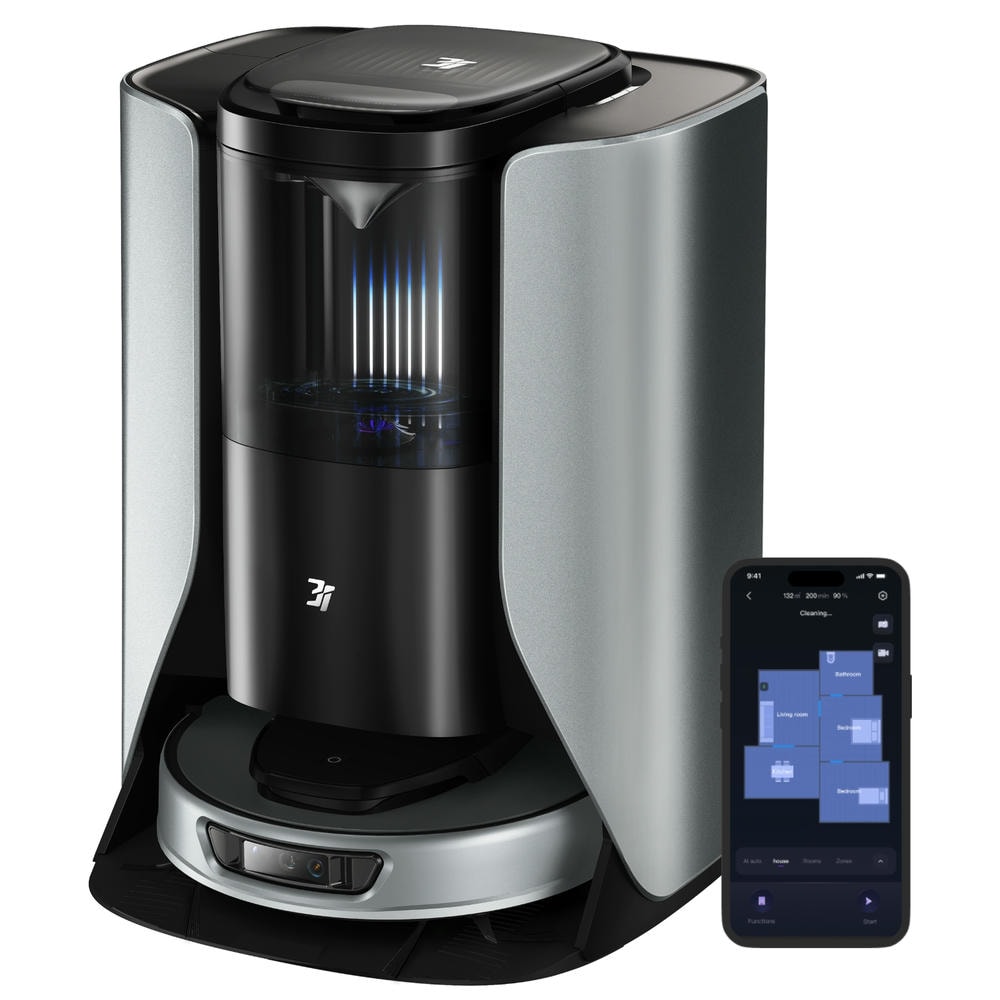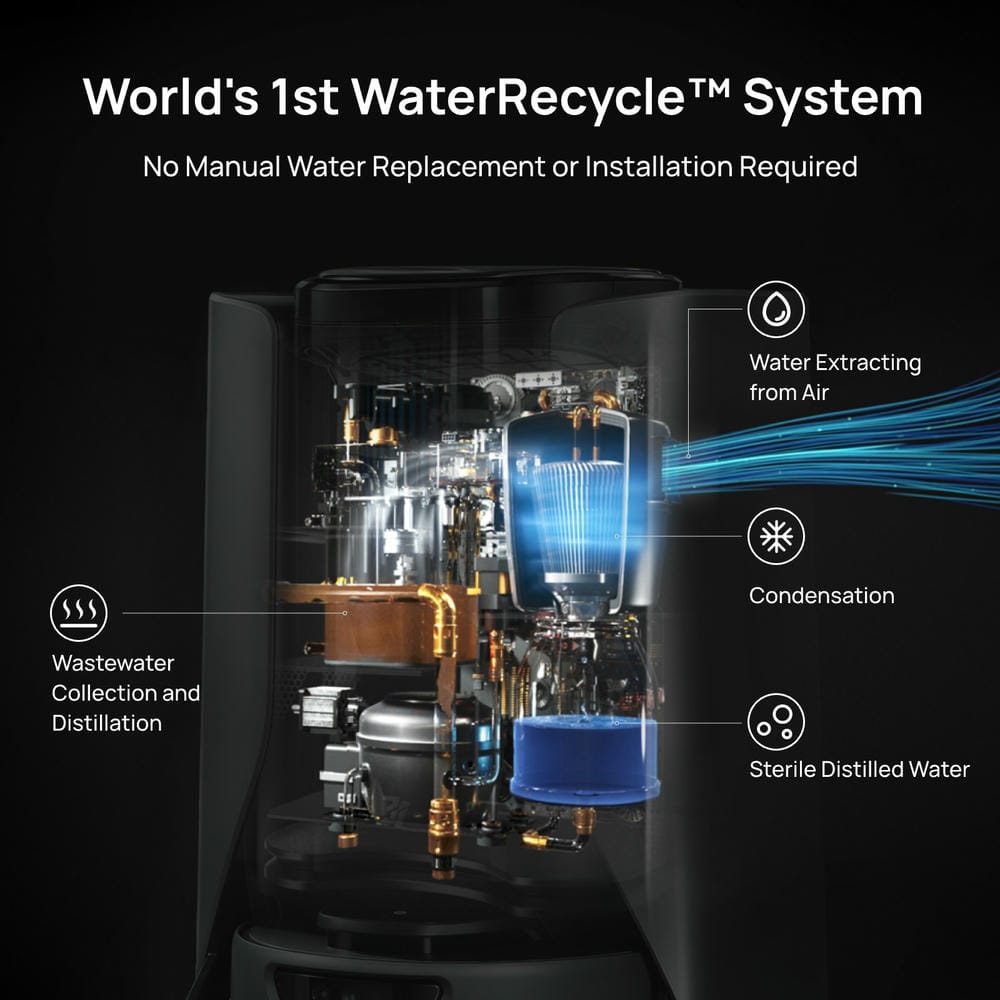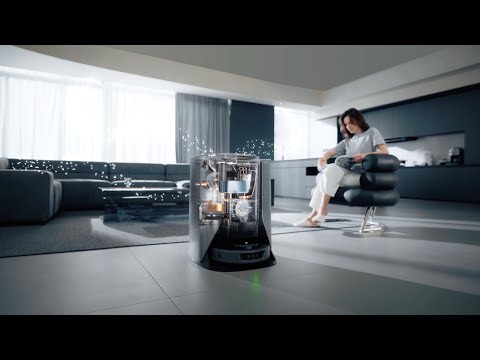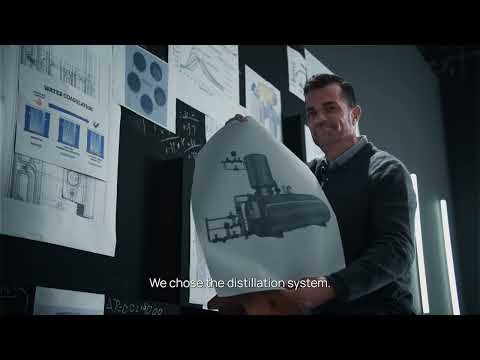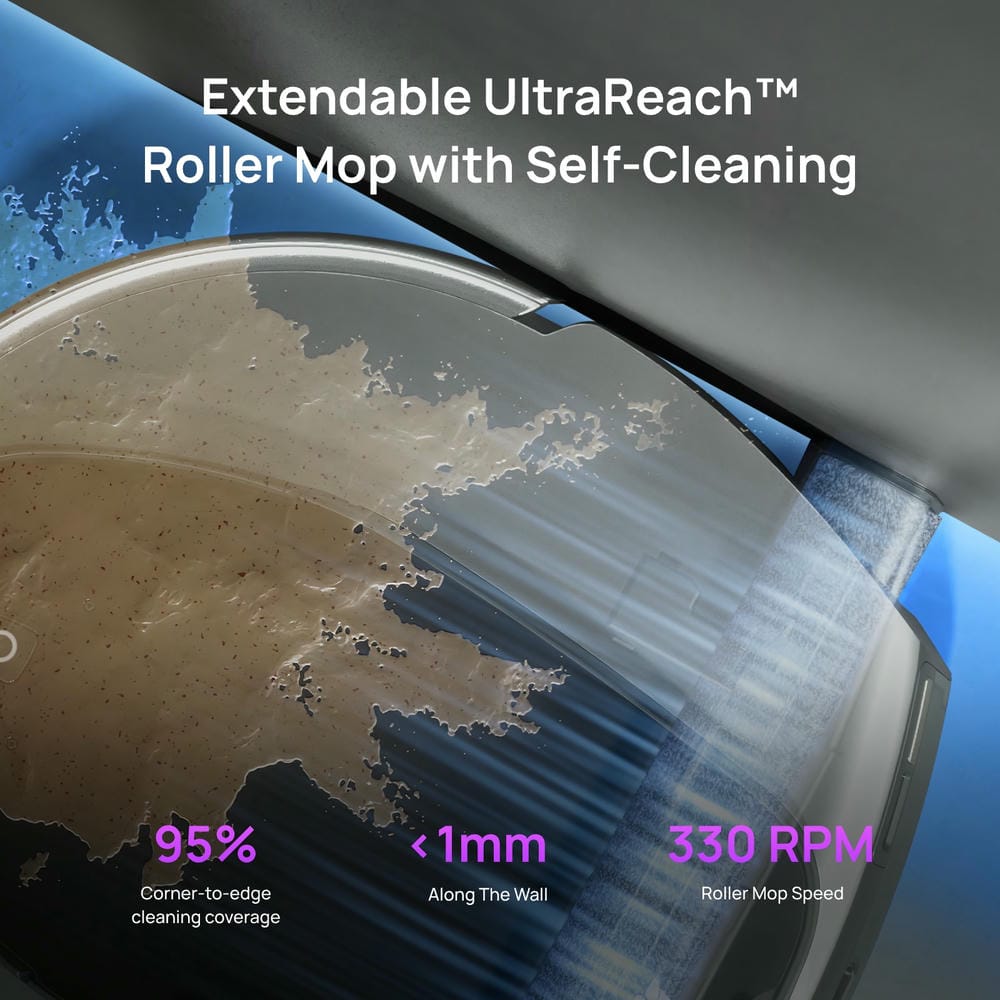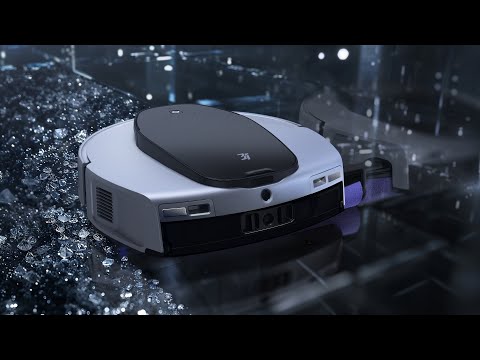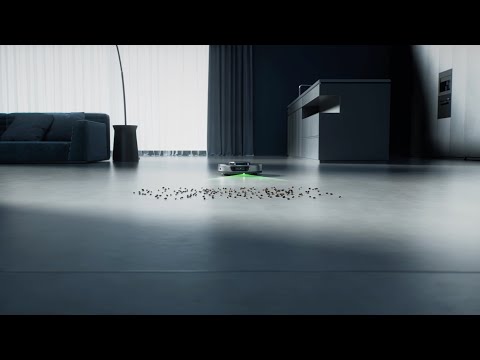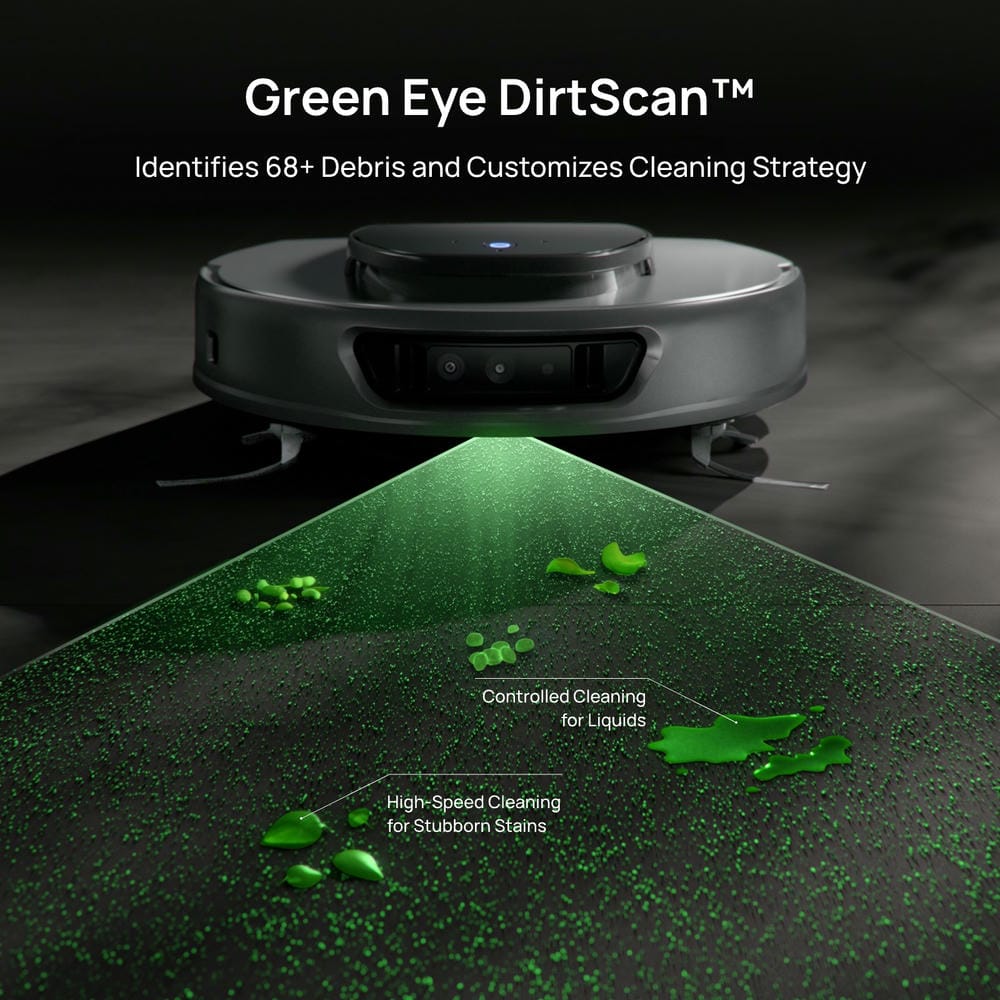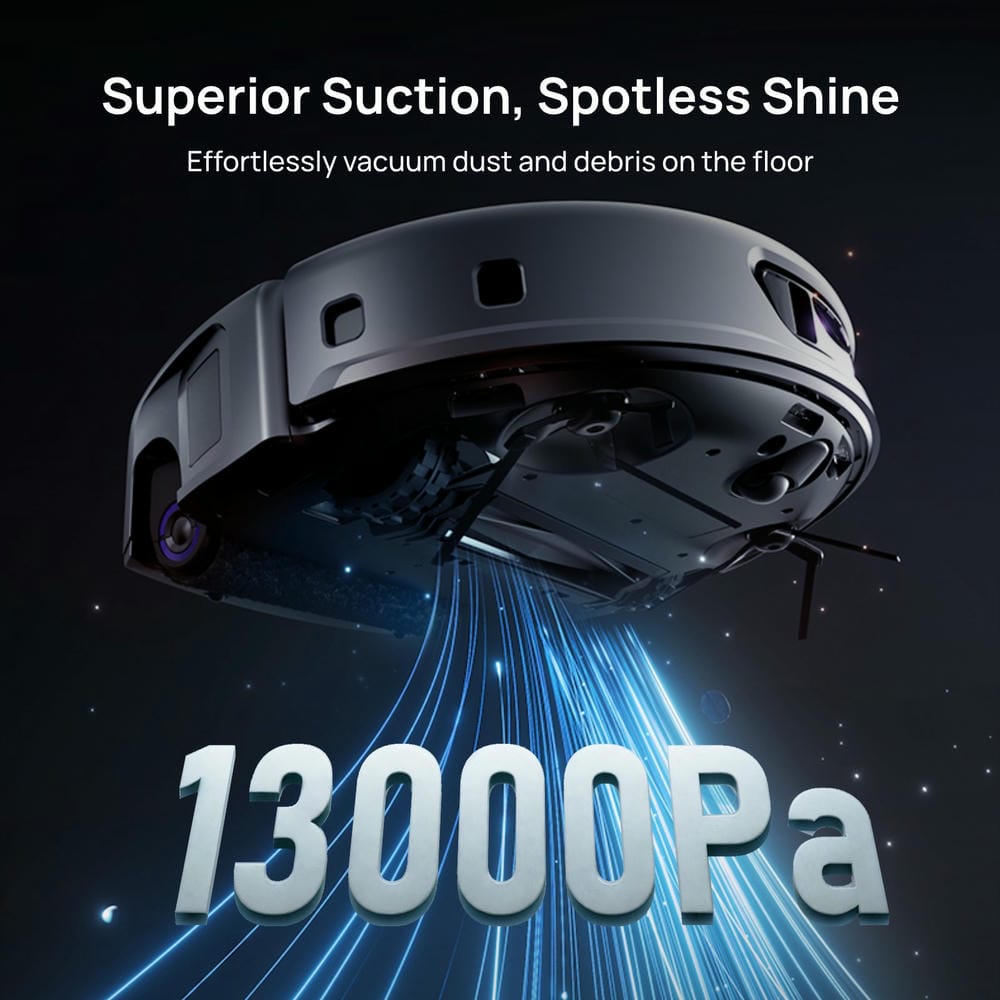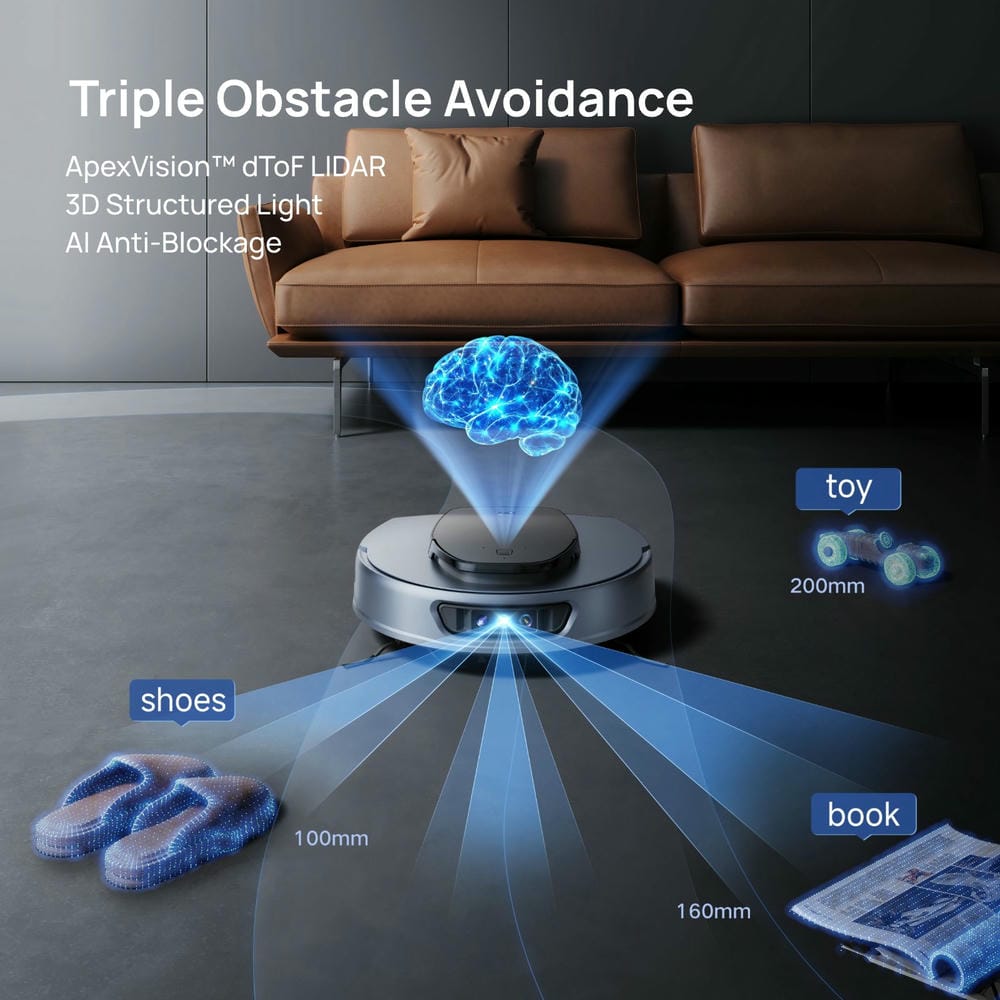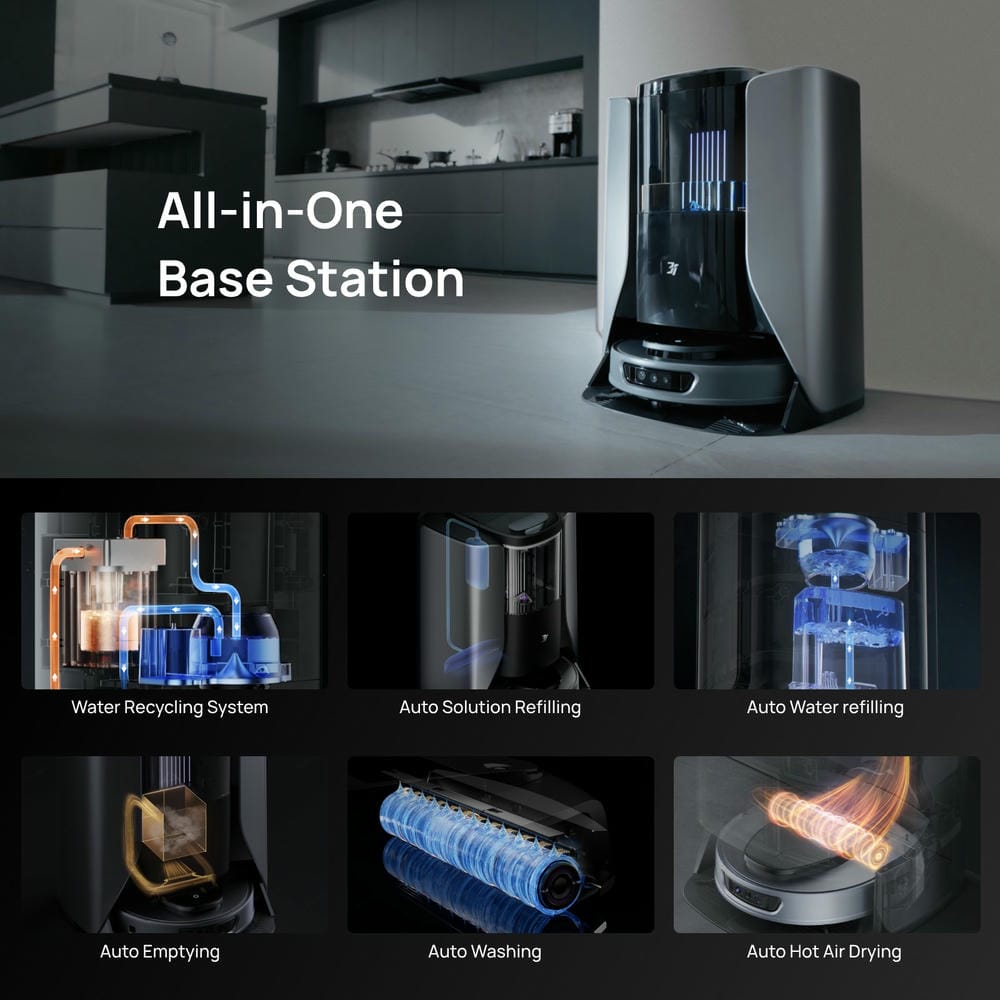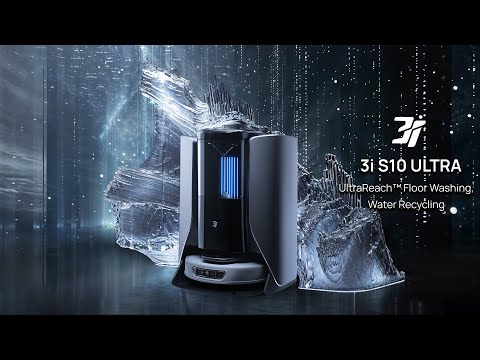Robot vacuum mapping is an important feature that helps these devices clean your home more effectively. Using advanced sensors and mapping technology, robot vacuums can create a digital map of your space, allowing them to navigate methodically.
In this article, we take a look at how robot vacuum mapping works and the benefits it brings.
What is Robot Vacuum Mapping?
Robot vacuum mapping is a technology that enables robot vacuums to navigate and clean spaces efficiently by creating a digital map of the environment. Using a combination of sensors, cameras, and advanced algorithms, the vacuum can scan the area to identify walls, furniture, and obstacles. It then uses this map to determine the most efficient cleaning path, ensuring thorough coverage without missing areas or getting stuck.
Mapping also enables self-cleaning robot vacuums to understand the layout of a home, remember specific locations, and even set virtual boundaries for areas that should be avoided. As a result, this technology significantly improves cleaning efficiency and accuracy, making the cleaning process faster and more reliable.
What Types of Mapping Technology are Used in Sweeping Robots?
Robot vacuums use several types of mapping technology, each of which improves navigation and cleaning efficiency. Here are the most common ones:
- LIDAR Mapping: LIDAR (Light Detection and Ranging) uses lasers to scan the environment and create precise maps. It provides highly accurate mapping, allowing the vacuum cleaner to navigate complex layouts and detect obstacles easily.
- Visual SLAM (Simultaneous Localization And Mapping): Visual SLAM relies on cameras and sensors to capture real-time images and create a map of space. It helps the vacuum cleaner understand its position in the room and optimize its cleaning path based on visual data.
- Infrared Sensors: Infrared sensors emit light waves to detect obstacles and measure distances. While they are not very accurate on their own, they are often used with other technologies to improve the robot cleaner for pet hair's ability to navigate and map a space.
- Gyroscope- And Accelerometer-Based Mapping: Some vacuum cleaner parts use gyroscopes and accelerometers to track movement and orientation. This method can help the vacuum cleaner map the cleaning area, but it may be less accurate than LIDAR or Visual SLAM.

What Are the Advantages of Mapping Technology?
Mapping technology in robot vacuums offers several key benefits that enhance their performance and efficiency:
- More Efficient Cleaning: By creating area maps, self-empty robot vacuums can clean systematically, ensuring every location is covered without missing any areas. They can navigate more efficiently, avoid obstacles, and reduce the need to backtrack.
- Customizable Cleaning: Maps allow you to set virtual boundaries or no-go zones, so the robot vacuum cleaner can avoid certain areas, such as pet food bowls or delicate furniture. This added flexibility allows for a more tailored cleaning experience.
- Faster Cleaning: Map layouts help the vacuum cleaner plan the most efficient route, reducing unnecessary backtracking. This allows for faster cleaning, especially in larger or more complex spaces.
- Better Navigation and Obstacle Avoidance: Mapping technology enables the self-cleaning robot vacuum to detect and navigate around obstacles such as furniture and avoid falling down stairs. This ensures smoother operation and more thorough cleaning without interruptions.
- Multi-room and Multi-level Cleaning: Some robot vacuums with advanced mapping can clean multiple rooms or even different floors of a home, such as 3i's S10 vacuum cleaner, providing more comprehensive coverage and convenience.
How Do Robot Vacuums Know Where to Clean?
Robot vacuum cleaners will use a combination of sensors, cameras, and mapping technology to figure out the best way to clean your house, leaving your home spotless.
Mapping and Navigation
Robot vacuums use technologies like LiDAR, visual SLAM, or infrared sensors to create a detailed map of a space. These technologies help sweeping robots scan their surroundings and identify walls, furniture, and other obstacles. With a map in hand, the vacuum can methodically navigate the room, making sure every area is covered and no point is missed.
Sensors and Obstacle Detection
Robot vacuums are equipped with sensors that help them detect obstacles while they clean. Whether it's furniture, walls, or stairs, the sensors let the self-empty robot vacuum know when to stop or change direction. This prevents the vacuum from bumping into things or falling off ledges, helping it to move smoothly and safely through space.
Cleaning Path Optimization
Once the vacuum has mapped the space, it calculates the most efficient cleaning route. It also ensures that every area is covered while avoiding unnecessary backtracking. In addition, some models even clean in specific patterns, such as back and forth or spirals, to ensure that the entire floor is cleaned as quickly and thoroughly as possible.
Virtual Boundaries and No-Go Zones
For many robot vacuums, you can set virtual boundaries or no-go zones through the app. This allows you to keep the robot cleaner for pet hair away from certain areas, such as where pet food is or near fragile furniture. Your robotic vacuum will automatically avoid these prohibited areas, giving you more control over the cleaning area and helping you avoid areas that don't need to be cleaned.

How Long Does it Take for a Robot Vacuum to Map Your House?
The time it takes for a robot vacuum to map your home depends on a variety of factors, such as the size of your home and the complexity of your layout. Generally speaking, a robot vacuum can complete the initial mapping process in 30 minutes to 2 hours. Smaller homes or open floor plans usually require less time, while larger homes or spaces with many rooms and obstacles may take longer.
Most robot vacuums map during the first cleaning process. This is because as the vacuum navigates the area, it creates a map by scanning its surroundings. Some models also update the map after each cleaning session, optimizing the layout and improving efficiency. So over time, the vacuum learns and adapts to the home, making future cleaning sessions faster and more accurate.
Conclusion
Robot vacuum mapping is important for efficient cleaning because it allows the vacuum to navigate, avoid obstacles, and cover every area of your home. By creating detailed maps, they can improve cleaning speed and accuracy. As mapping technology improves, these devices will become smarter and more efficient, making your cleaning job easier.
Related Reading: 4 Best Robot Vacuums for Hardwood Floors



